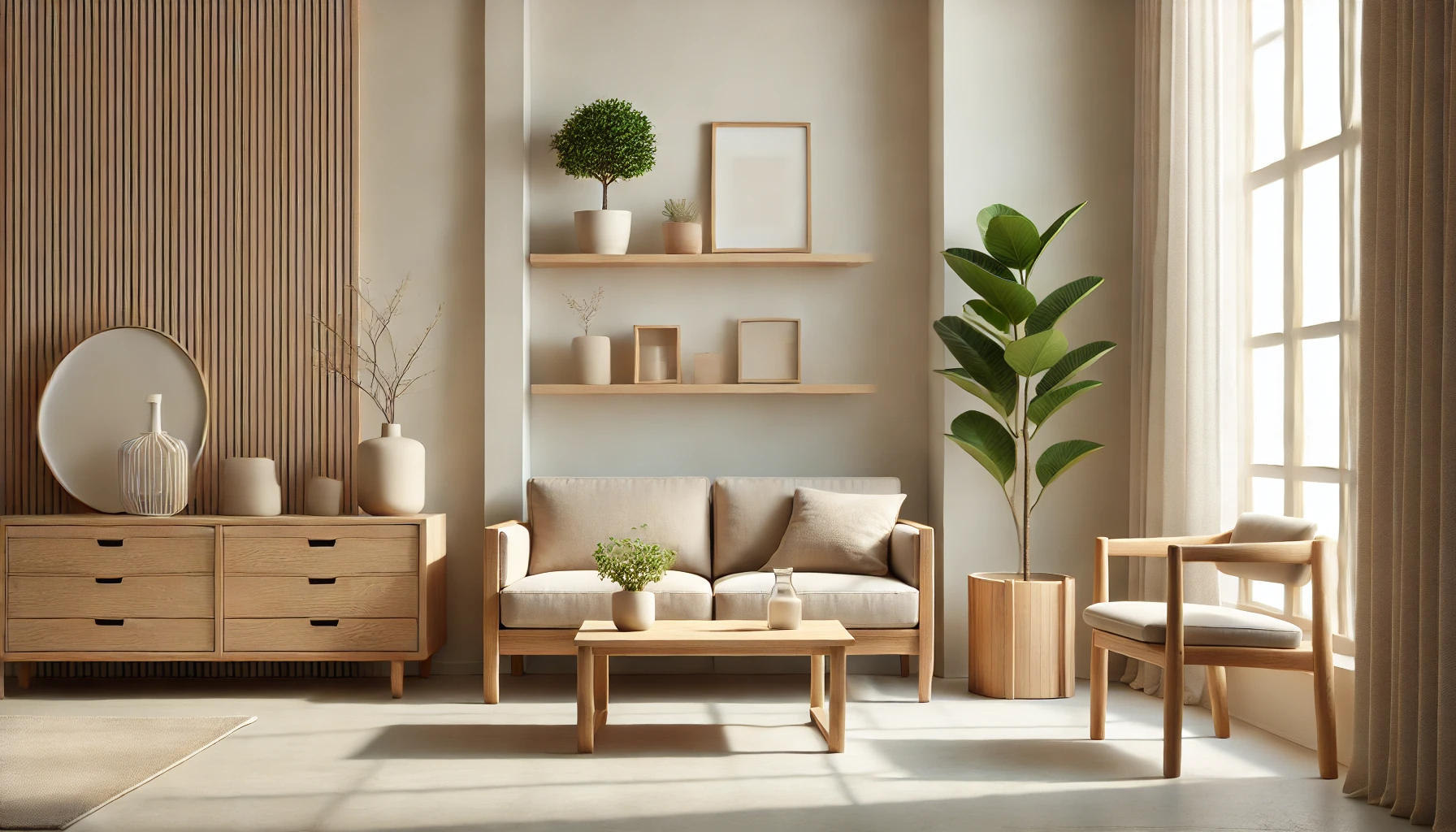Decluttering your home isn’t even the main thing about minimalism, it is a way of life that encourages intentionality, simplicity, and mindfulness. So, this guide will cover the basic things you need to know about minimalism, and give you tools you can use to live a simple life, free up more time, and focus on what really matters. This beginner’s guide to minimalism will get you started where ever you may be.
What is Minimalism?
Minimalism is a life philosophy that tells you to stick and keep things around you to such an extent that you don’t have too many things, commitments, and distractions. Deprivation may be a stretch, but it’s about making space… physically and in your mind for what brings you true joy and value.
Minimalism is about intentionality at its core. If you choose to be minimalistic, you tap into this shift from having more to savoring what you have.
Why Embrace Minimalism?
The advantages of minimalism aren’t limited to having a neat house. And here are some reasons that you might want to give this lifestyle a try:
1. Reduce stress
To feel mentally clear and be less anxious, we should live in an environment free of clutter.
2. Financial Freedom
Savings means making less spending on unnecessary things and financial security.
3. Increased Focus
Minimizing makes you choose what is important for you and what goals and relationships you want to maintain.
4. Environmental Effect
One of the big advantages of owning less is that it’s good for the environment and reduces waste.
5. Time Freedom
Less possessions equates to less of time spent cleaning, organizing, and maintaining.
Using simple, manageable steps, this beginner’s guide to minimalism will teach you how to get these benefits:
Step No.1
Define Your Why
Before getting any down to cleaning, puzzle out why you wish to practice minimalism. Is it to reduce stress? Save money? Create a peaceful home? This will serve as your guiding principle of your minimalist journey.
Write down your motivations and keep them close at hand to come back to if you have a moment and second guess your decisions.
Step No.2
Minimalism doesn’t need to be intimidating when transitioning. Begin with these small, achievable steps:
1. Start Small
Being minimalistic doesn’t have to be stressful. Start with these easy, little steps:
2. Declutter a Drawer:
Pick one drawer or shelf and take out everything that doesn’t serve a purpose and doesn’t brighten out your day.
3. Purge Your Wardrobe:
For the “one year rule”—if you haven’t worn it in the past year, throw it out.
4. Digital Declutter:
Get rid of clutter in your inbox, drop useless apps and cleanup your digital files.
And if you remember, minimalism is a journey, not a destination. Each small step counts.
Step No.3
Adopt the One-In, One-Out Rule
One of the simplest ways to stay minimalist is by adapting the “one in, one out” rule. If you buy something new for your home, let go of something you don’t need. This habit ensures clutter never had a chance to sneak back in to your life.
Step No.4
Focus on Quality Over Quantity
Minimalism isn’t about having nothing, it’s about having the right things. Apply that money towards high quality items that provide multiple purposes and will enhance your satisfaction throughout years.
For Example:
- Instead of fast fashion, choose clothing which is timeless, durable.
- When planning small spaces, choose multifunctional furniture.
- Make experience investments in front of material goods.
If you focus first on producing quality work, then you’ll do more with less satisfaction.
Step No.5
Simplify Your Schedule
Physical possessions are but one aspect of minimalism that spreads into time and energy too.
simplify your schedule by:
1. Saying No:
Say no to commitments that don’t fit your to do list.
2. Blocking Time:
Give yourself blocks of time for dedicated working, relaxing and bonding time.
3. Eliminating Time Waster:
Reduce the number of activities which waste your time, such as excessive.
A minimalist schedule frees you from distractions so that you can concentrate on what matters.
Step No.6
Create a Minimalist Home
Tips
1. Neutral Color Palette:
2. Functional Furniture:
3. Decluttered Surfaces:
4. Meaningful Decor:
Step No.7
Embrace Mindful Consumption
Minimizing is more about the mindset of being on intent with your purchases. Ask yourself the following before buying anything new:
- Do I truly need this?
- Does it support my goals and stand for values?
- Will it bring lasting value to my life?
Step No.8
Practice Gratitude
Minimalism is based on gratitude. You appreciate what you have, thus automatically you decrease the desire for more. Write down three things you’re thankful for everyday by starting a gratitude journal.
Gratitude practices help you shift your focus from scarcity to abundance while you are on the path of minimalism.
Step No.9
Involve Your Family
When adopted as a family, minimalism is fertile ground for sustainability. Involve your loved ones by:
Communicating Benefits
Explain how minimalism can enhance the lives of all of us.
Setting Shared Goal
Together declutter work spaces shared by team members.
Modeling Behaviour
Be an example yourself, of joy simplified lifestyle.
Step No.10
Embrace Imperfection
It’s not about perfection. It’s about progress. Though clutter will creep back in its ways sometimes and you’ll inevitably make an impulsive purchase, that doesn’t mean it’s too late.
See them as imperfections of your journey and concentrate on your goals.
Final Thoughts (Conclusions)
Minimalism isn’t a lack of things, it is the way you live a purposeful and joyful life. If you follow this beginner’s guide to minimalism you will be able to simplify your life, decrease your stress, and make space for what’s important.
Today is the day you start your minimalist journey, and find out the satisfaction of living intentionally.



Pingback: The Art of Letting Go: How to Embrace a Minimalist Mindset -
Pingback: challenges of Adopting a Minimalistic Lifestyle -
Thank you for your sharing. I am worried that I lack creative ideas. It is your article that makes me full of hope. Thank you. But, I have a question, can you help me?
yes plz. how can i help you?
Your article helped me a lot, is there any more related content? Thanks!
Your point of view caught my eye and was very interesting. Thanks. I have a question for you.
https://lioleo.edu.vn/christmas-section/4.png.php?id=jon-bet
A [73 bet](https://73-bet-br.com) oferece atendimento ao cliente sem intervalos, disponível 24 horas por dia, 7 dias por semana. Com suporte altamente qualificado, suas dúvidas serão resolvidas rapidamente, garantindo uma experiência de jogo segura e tranquila.